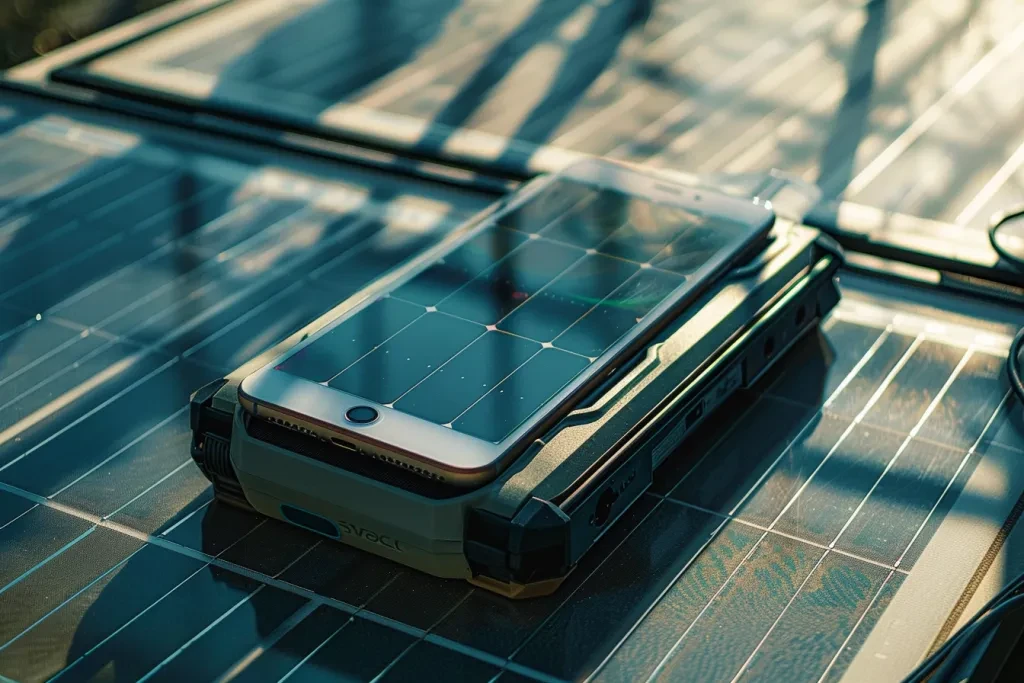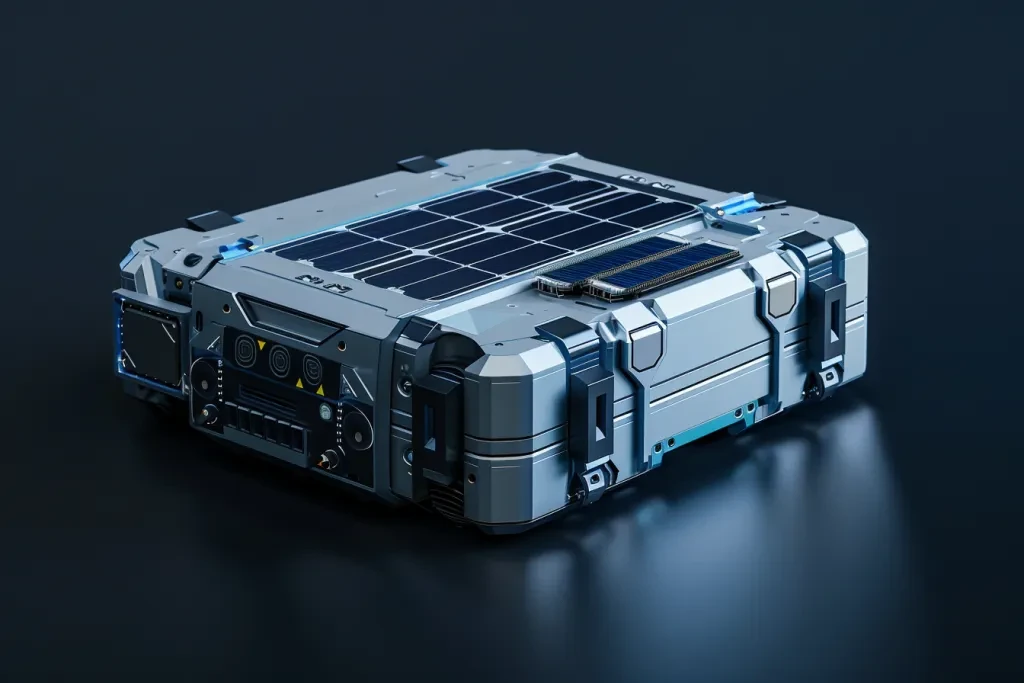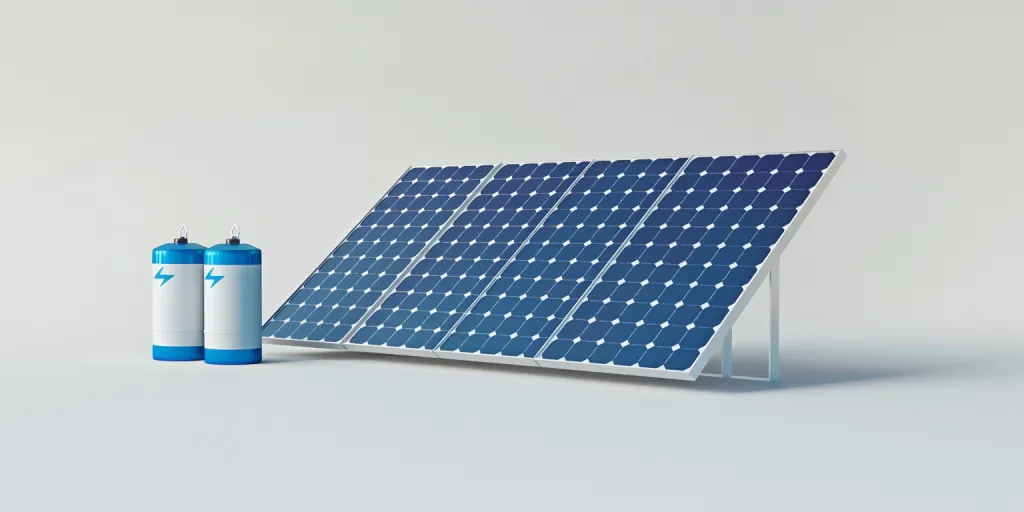There has been a steady shift toward green energy sources, and solar power has taken the lead. An important component of making solar power more reliable and accessible is the solar battery bank. Herein lies my article, a comprehensive guide that delves into the basics of solar battery banks: how they work, why they are necessary, and what you should know before adding them to your solar system. These elements help you make more informed decisions, so that you can set up your renewable energy solution to be sustainably efficient.
Table of Contents:
1. Understanding solar battery banks
2. How solar battery banks work
3. The benefits of using solar battery banks
4. Key considerations when choosing a solar battery bank
5. Future trends in solar battery bank technology
Understanding solar battery banks

Solar battery banks are a keystone tech for renewables, helping homes and businesses make the most of their solar power And what is a solar battery bank? Without getting into a lot of technical details, these systems store the solar energy generated by panels during the middle of the day when production is greatest, so that it can be used at lower production times, such as at night and on cloudy days. Solar is turned from an intermittent to a dispatchable power source.
Solar battery banks include systems containing lead-acid, lithium-ion, saltwater batteries and more. Each battery type differs in detail and application, with advantages and drawbacks depending on capacity, longevity and other environmental variables. But by grasping the fundamental principles of these powerpacks, the possibilities are enormous.
How solar battery banks work

At the centre of these solar battery banks is the concept of capturing and storing. The solar panels themselves are charged with harvesting solar energy and using it to power homes or businesses. But unlike in a home that relies on the power grid, this energy isn’t used directly as it’s gathered. Instead, it charges the battery bank to be used after sundown, in the event of a power outage, or when electricity prices are high.
Sophisticated charge controllers and inverters allow for the smart charging and discharging of solar battery banks to extend the lifespan of the batteries There is a lot of smart technology between the solar array and your juice box. Without this current and voltage control, the electric juice would be more like lumpy milk than juice. Sophisticated charge controllers and inverters allow for the smart charging and discharging of solar battery banks, which have limited lives if not balanced carefully between overcharge and deep discharge.
The benefits of using solar battery banks

Adding solar battery banks to renewable energy systems has many benefits. One is that it can ensure energy independence from the grid and give some protection against power cuts and storms. This is particularly important in areas that are frequently hit by extreme weather or have erratic supplies of electricity.
Also, solar battery banks have long-term profit possibilities. Since most solar consumers would not be producing their own electricity on a cloudy day, during such unproductive periods the excess you have generated can be used when the electricity price is high, denying the grid of revenue and benefitting you. If you live in any of the net metering-friendly states, you can earn an extra buck by selling the surplus energy you have generated (but not used) back to the grid.
Environmental benefits, too, are considerable. Battery banks also facilitate greater solar energy usage, freeing the world from fossil-fuel based power generation and reducing our CO2 footprint to help our planet to breathe easier.
Key considerations when choosing a solar battery bank

When choosing a solar battery bank, the capacity and the power rating are the most important things to look at. Capacity is how much energy you can store, while the power rating is how much of that you can use at any given time. You want to match your specifications to your needs so that your system is capable of handling peak loads.
What’s the battery’s lifespan and warranty? Solar battery banks are a large capital expense, and the length of time they will last is a key determinant in the ultimate cost of the system. Knowing what it will take to install and maintain the system can give some idea of what use will entail.
Future trends in solar battery bank technology

As the technology of solar battery bank systems continues to improve, it will become more efficient, less expensive and less environmentally detrimental. Emerging battery chemistries, such as solid-state ones, allow for higher energy density and can easily be scaled up. A solar battery bank will also be provided with more smart home technologies and grid services, which will allow it to manage energy more flexibly and adaptively.
While there are certainly challenges that need to be overcome, the future of solar battery banks looks bright as research and development proceeds. There will be far more ways for individuals and businesses to take advantage of renewable energy in environmentally friendly, cost-effective ways.
Conclusion
Solar battery banks have become an essential component of modern renewable energy systems. They are more reliable than grid energy sources, cheaper to operate, and eco-friendlier. One of the keys to fully leveraging the deep benefits of renewable energy options, therefore, is understanding how solar battery banks work, what advantages they offer, and how they should be selected. Thanks to ongoing technological advancements, their important roles will only grow in the renewable energy market in the coming years. This will enable the energy sector to be even more sustainable and energy-independent than it is today.




